

When Square Enix first debuted Final Fantasy XIII, the title was met with a tremendous amount of resistance. For as much as the game added new and engaging elements to combat, it dropped the ball nearly everywhere else. And then, when Square Enix sought to do better with Final Fantasy XIII-2, they once again made a game with engaging combat but lackluster everything else.
After XIII-2, few could have predicted Square Enix would once again revisit the Final Fantasy XIII universe, especially given both game’s middling sales and reviews. Yet, here we are: looking at Lightning Returns: Final Fantasy XIII. Lightning Returns: Final Fantasy XIII is unprecedented — the first third sequel in the history of the Final Fantasy franchise. It represents one last chance for Square Enix to prove these characters and this world viable, and to show that they still have a handle on what makes the Final Fantasy franchise as a whole appealing. Unfortunately, in that endeavor they have failed.
To put it bluntly, Lightning Returns suffers from identity crisis. While it is most certainly a Final Fantasy game — all the requisite moogles and chocobos are accounted for — it is unsure what type of game it wants to be. As a result, the title comes across as an awkward hodgepodge of borrowed mechanics and ideas that never coalesce into something engaging, let alone worth recommending.
From a story standpoint, Lightning Returns is pure nonsense, and not in the good Final Fantasy way. In this third adventure, Lightning has assumed a role as God’s errand girl, completing quests in order to put off the ominous end of the world. There’s nothing Lightning can do to offset the end completely, but she can tack on a few extra days by helping souls find peace and offering those souls to the giant tree Yggdrasil. The time mechanic manifests itself in a literal ticking clock in the corner of the screen. Lightning begins each day at 6am and she has 24 sped-up hours in which to complete as many quests as possible, or at least some objectives within the quests. Sure, those quests will still be waiting for her the next day, but most of the quests are time specific, or even miss-able, based on the hour.
While the addition of time constraints adds a nice urgency, the side quests in Lightning Returns, which make up the bulk of the game, are nothing more than glorified fetch quests. There are some opportunities for combat thrown in here and there, but many of them boil down to either hearing a character’s story and finding an item, or just talking to several people spread out across an area. Players have the freedom to complete the quests in any order, and in any of the game’s four open world areas, but while that might seem engaging, it boils down to a lot of “walk to this person, then walk to the next person” with little action. That MMO-like approach to side quests might have worked, but when the writing is as poor as it is here and the quests are tedious, time-based affairs, they become a huge nuisance.
Side quests are unfortunately an unavoidable nuisance, though, as they are integral to “leveling up” in Lightning Returns. By completing quests, Lightning earns various boosts to her stats, like strength, HP, or magic, and only completing them in large numbers renders appreciable results. In one sense, Square Enix has done a great thing by eliminating the familiar grind from the Final Fantasy equation, but, on the flip side, they have turned tedious fetch quests into its own form of grinding, which may be an even greater sin. The choice also undermines the importance of enemy encounters, which now are only good for earning new abilities.
Then come the game’s main quests, which, while a lot more substantial than the side stuff, are equally as unfulfilling. As the central pillar of Lightning Return‘s story, the main quests are surprisingly threadbare and can be completed in only a few hours, leaving a lot of time for the boring side quests. The good news is the main quests feature every character from Final Fantasy 13‘s prior cast (from Sazh to Noel Kreiss), and utilize them in some intriguing ways. But overall, the story and the actual completing of the main quest is a major disappointment, and it feels like an afterthought.
Where Lightning Returns gets it (mostly) right, however, is in its combat. Like every other iteration in the FF 13 brand, Lightning Returns sets out to carve its own path with RPG combat, this time favoring a more active style. Players are given three schemas to work with, each of which can be customized with a different weapon, shield, two accessories, and four abilities. Like in past games, every ability has an associated ATB cost, which deplete from the ATB gauge, but rather than exhaust their gauge and wait, players can switch between their three schema to keep the attacks, debuffs, and magic flowing while the other two gauges replenish. Lightning Returns even takes things a step further by adding a guard ability, which, when triggered at the right moment, can nullify any enemy attack. As a result, combat becomes an intense but delicate balance of attack, retreat, and guard that, when perfected, becomes a lot of fun.
Even then, while Lightning Returns calls to mind the more active RPG combat of Kingdom Hearts (caught your attention?), its difficulty curve leaves a lot to be desired. Even the most basic battles in Lightning Returns are punishing, and that’s on the normal difficulty. Then, when the player challenges one of the game’s 10 or so bosses, things ramp up so significantly that players will feel underpowered at nearly every turn. Sure, it’s possible to survive any encounter, especially with a carefully concocted regime of attacks and guards, but only the most patient gamers will consider Lightning Returns‘ battles “fun.” Take it from me: drop the difficulty down to easy, and you’ll be a lot less frustrated while still being challenged. The combat is the only truly enjoyable part of the game, but only under the right circumstances.
Lightning Returns: Final Fantasy XIII is a fundamental misstep on the road to returning the brand to its former glory. A game where every good idea is undermined by poor execution, and every bad idea is integral to completing the game. The story is wholly forgettable, the side quests are a slog, enemies are recycled from past games, and the main quest feels like an afterthought. Even the visuals, which used to be a major selling point for the franchise, lack the same level of fidelity we’ve come to expect. And the only enjoyable thing about the game, the active RPG combat, is slighted by a ridiculously uneven difficulty curve.
Fans of the series thus far will likely find something tangible to hold onto in Lightning Returns, but they will be doing so against their better judgment. This is not a game built for fans; it’s a series of shots in the dark that Square Enix hoped might render better results than past efforts. They had three chances to get it right, and all three failed in their own way. As a fan of the Final Fantasy series, and even, in some respects, the Final Fantasy 13 games, it’s a shame this chapter ends on such a sour note.
Are you excited to play Lightning Returns: Final Fantasy XIII? Let us know in the comments below.
Lightning Returns: Final Fantasy XIII is out now for PS3 and Xbox 360.
–
Follow Anthony on Twitter @ANTaormina
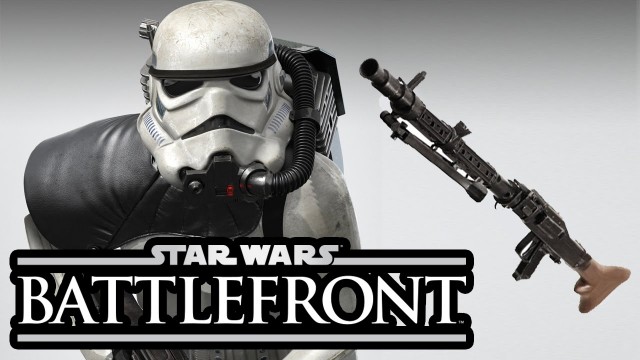
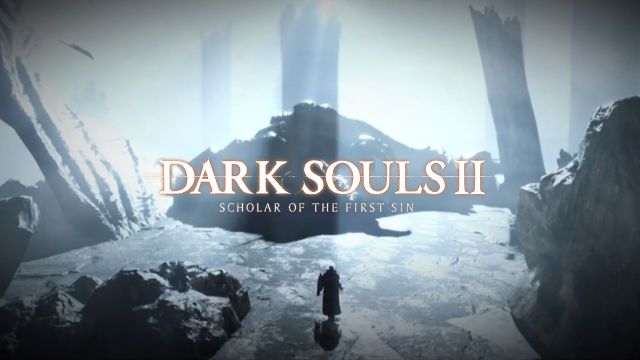
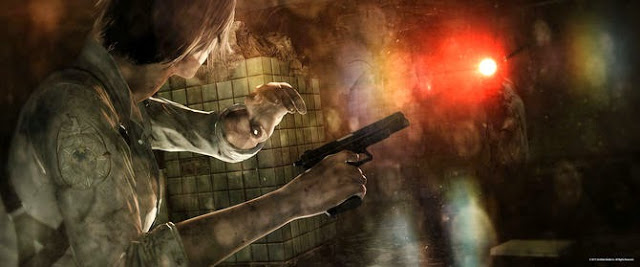

 5 Ways Gamers Can Save Game Progress To The Cloud
5 Ways Gamers Can Save Game Progress To The Cloud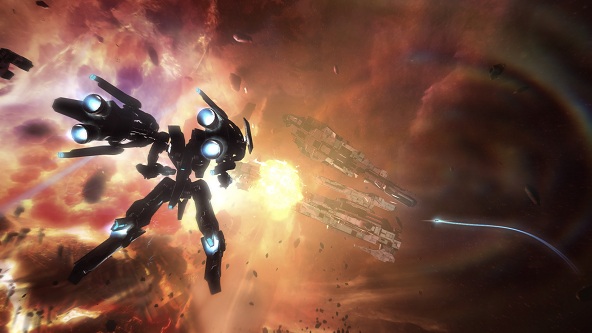 Strike Suit Zero Walkthrough
Strike Suit Zero Walkthrough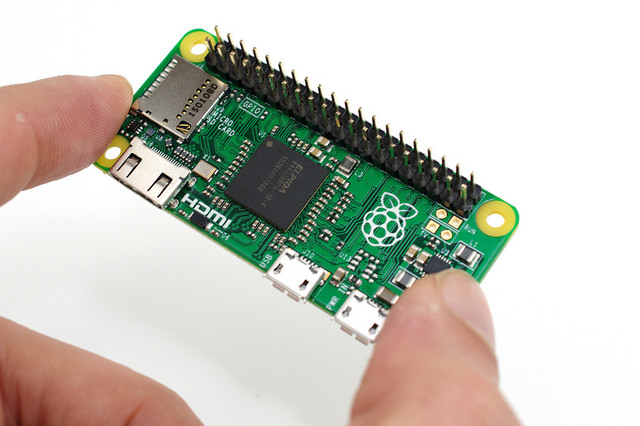 Raspberry Pi Launches $5 Model Zero: Here's How It Compares
Raspberry Pi Launches $5 Model Zero: Here's How It Compares El Capitan's Split View Seems Useless Until You Actually Use It
El Capitan's Split View Seems Useless Until You Actually Use It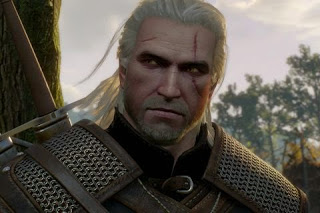 The Witcher 3: Wild Hunt (PS4) review
The Witcher 3: Wild Hunt (PS4) review